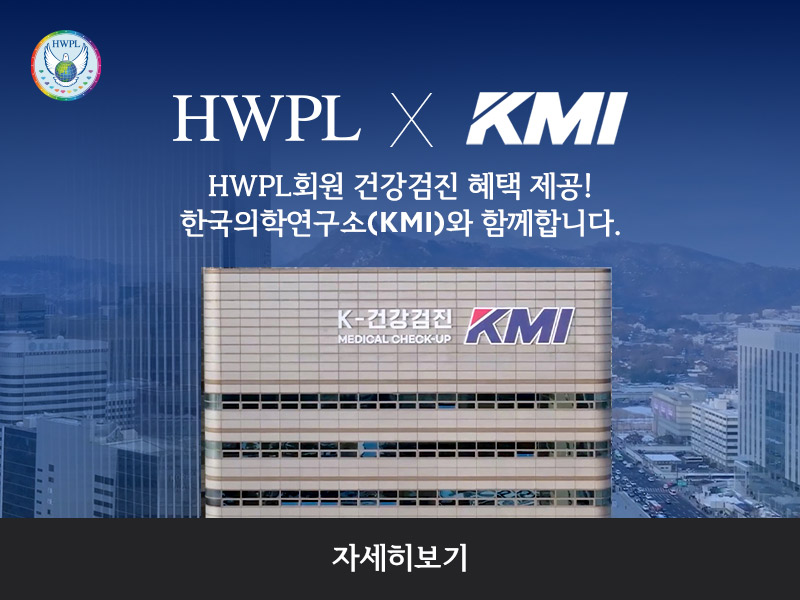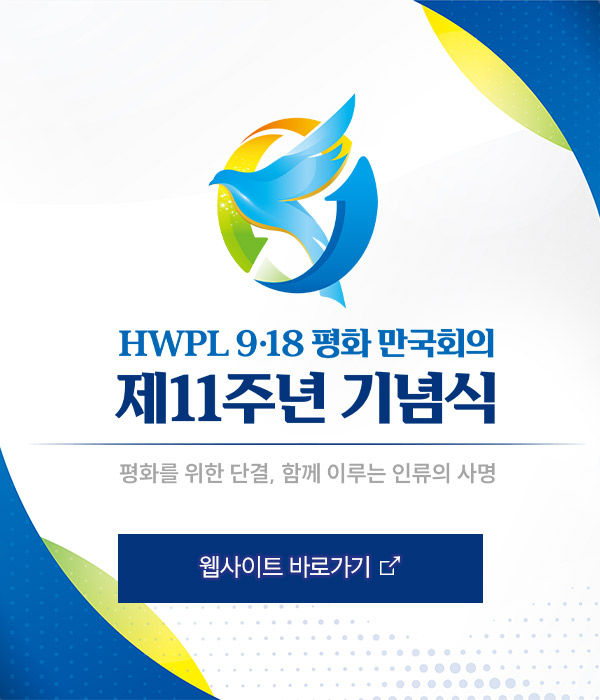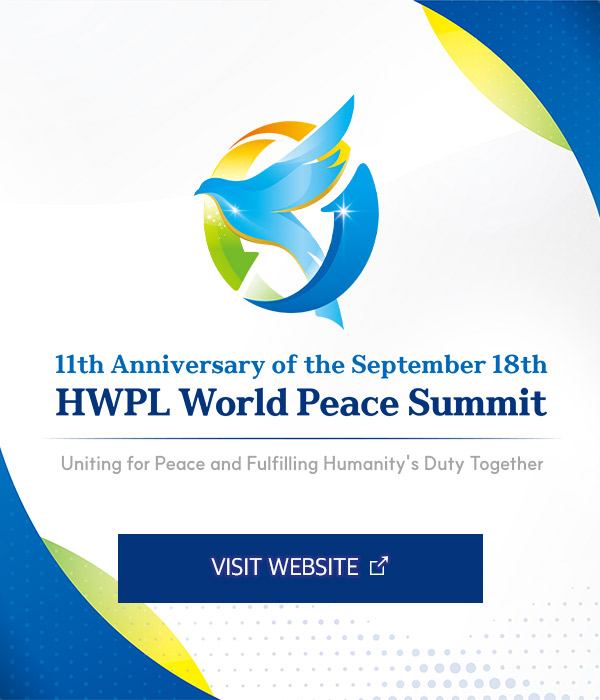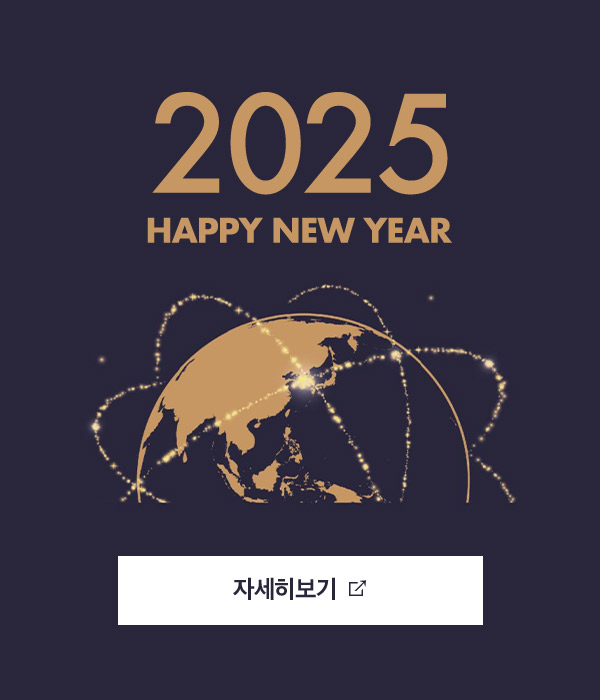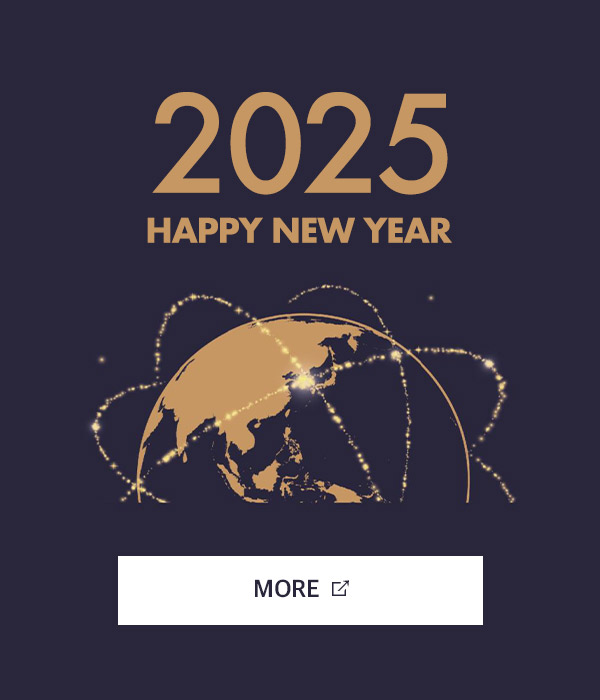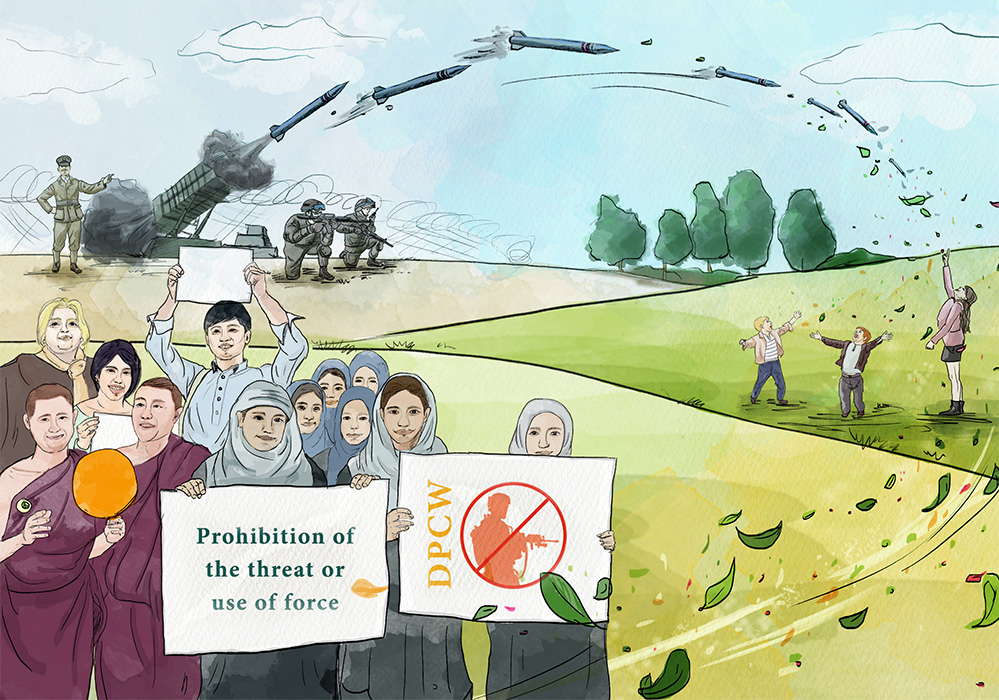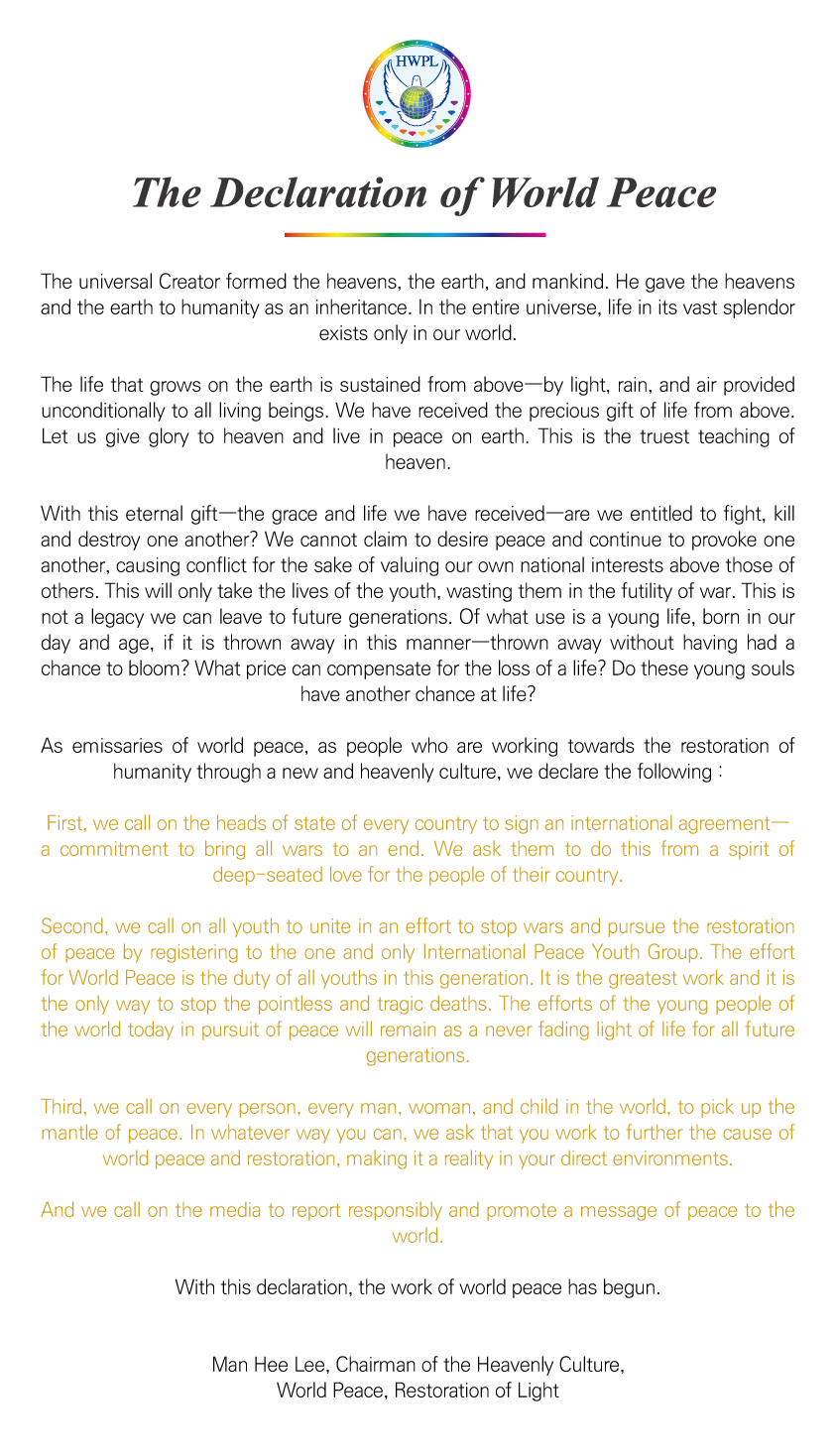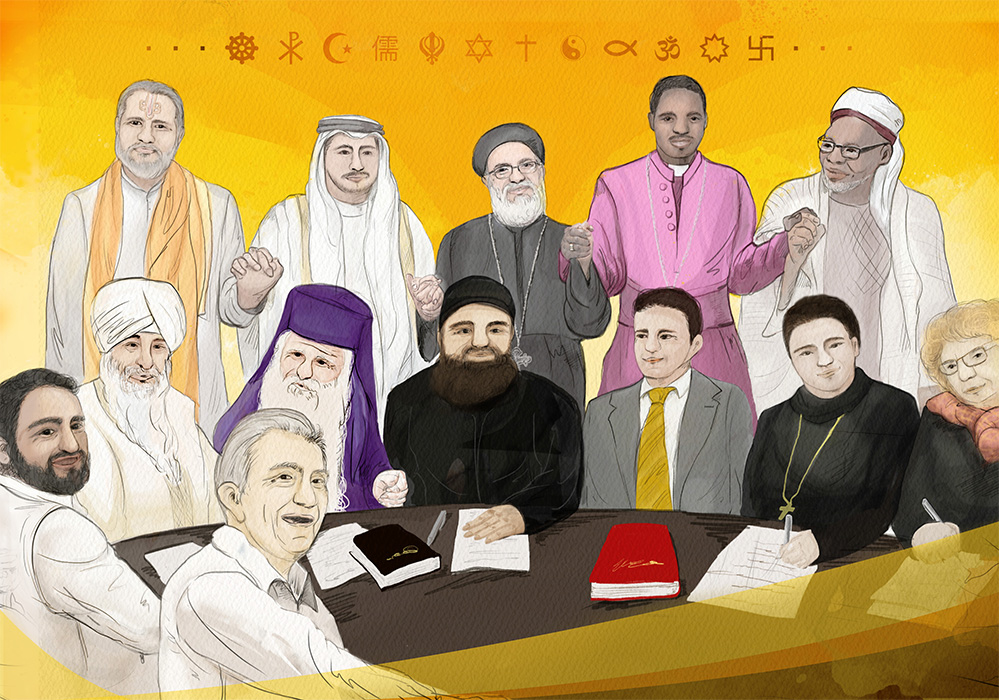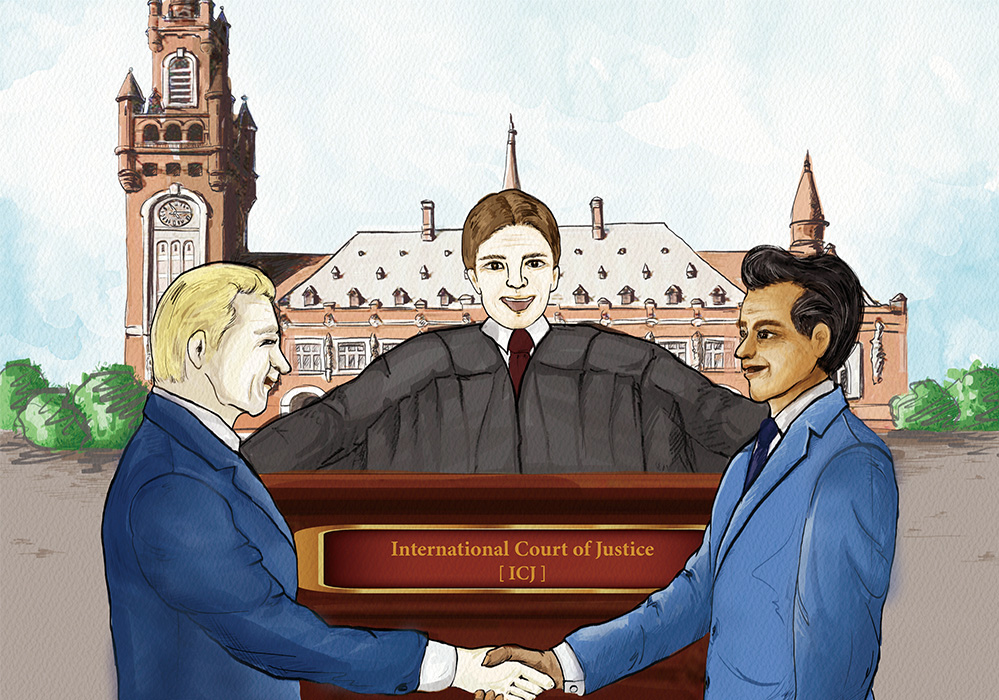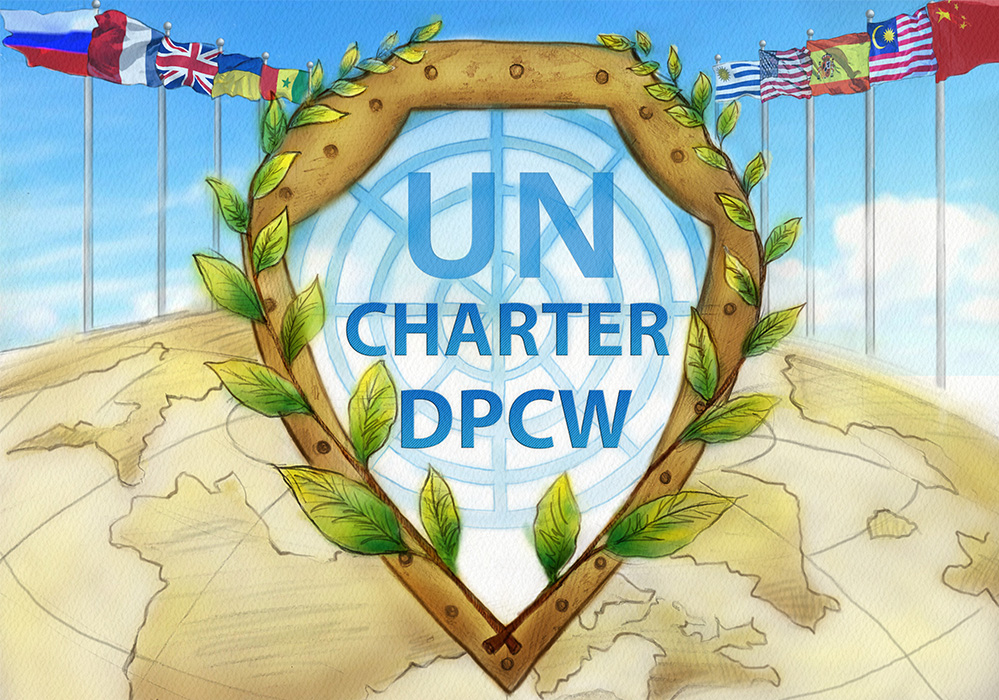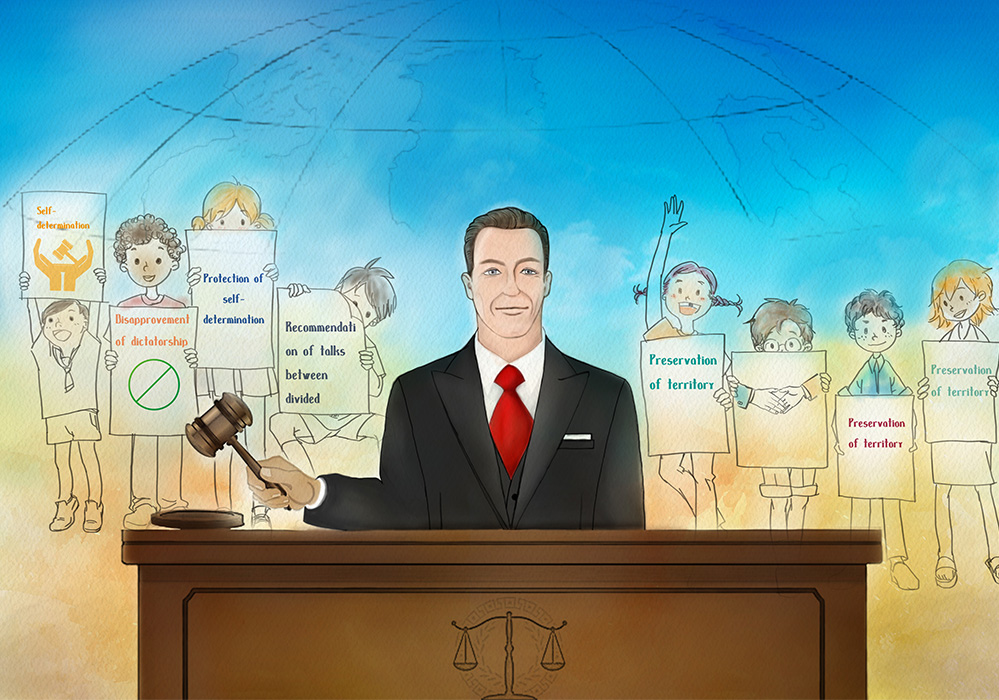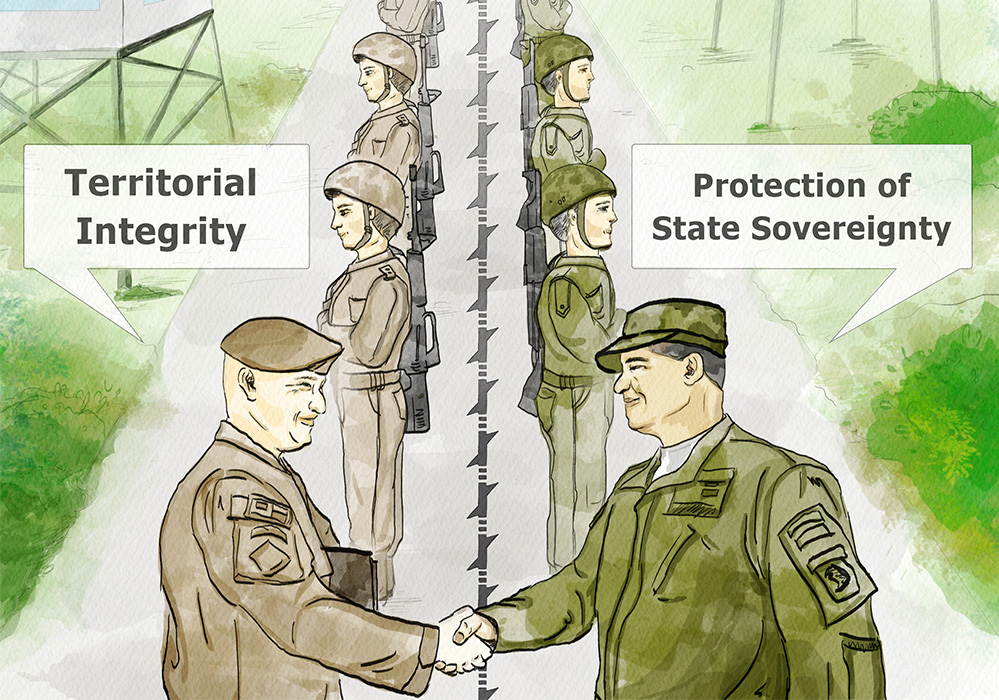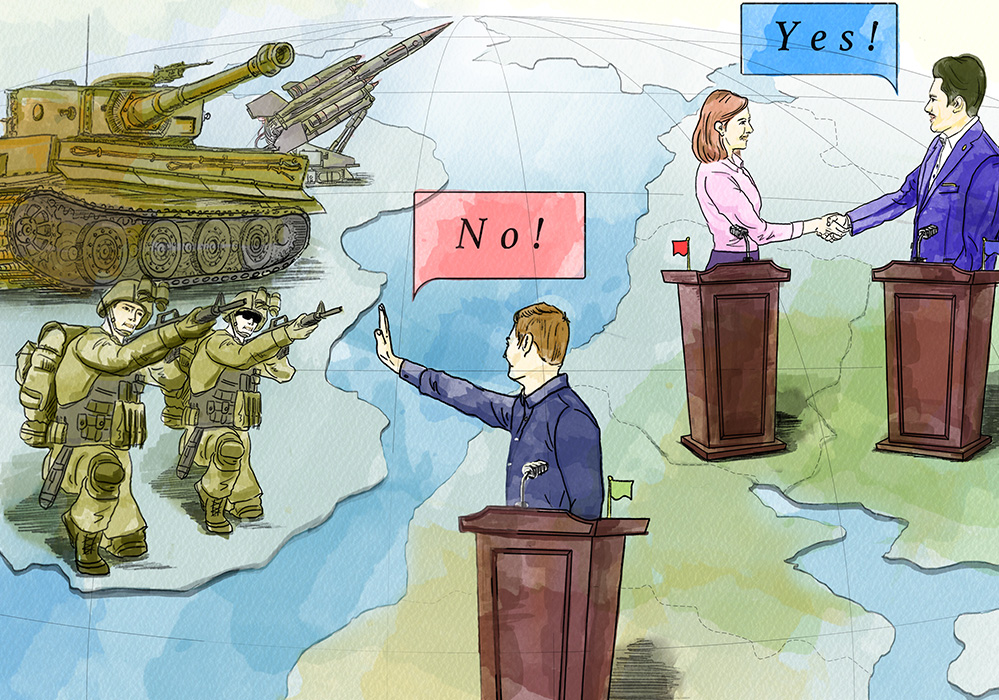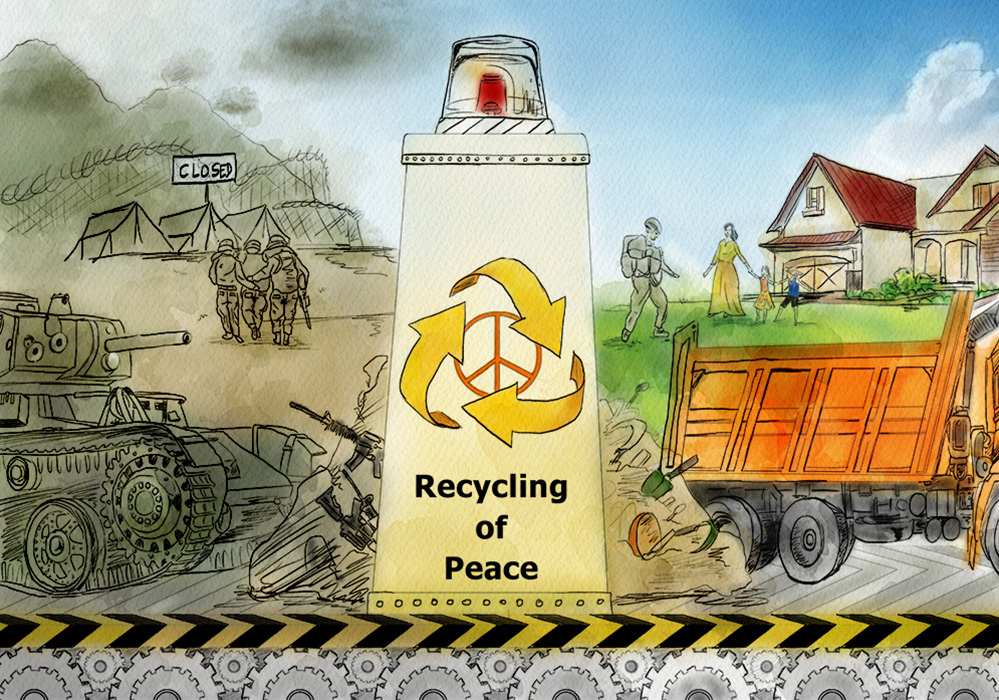2025 Global Peace Education Conference
Peace Education: Institutionalization for a Sustainable Future

On September 18, the “2025 Global Peace Education Conference” was held under the theme “Institutionalizing Peace Education: Building a Peaceful Society Together.” The conference, organized in commemoration of the 11th anniversary of the HWPL September 18th World Peace Summit, was attended by the Speaker of the National Legislative Assembly of South Sudan, the Speaker of the House of Representatives of Antigua and Barbuda, former Presidents of Mali and Croatia, the former Vice President of Taiwan, as well as representatives from the Ministry of Education of Zambia, the Mongolian Lifelong Learning Center, and dignitaries from more than 30 countries. The conference served as a platform for global educators and peace practitioners to discuss the institutionalization of peace education in public education, share achievements and case studies, and strengthen international solidarity.

Rt. Hon. Dr. Jemma Nunu Kumba, Speaker of the Transitional National Legislative Assembly of South Sudan, emphasized the importance of peace education in her congratulatory address, stating, “Peace cannot be sustained by agreements alone. It must be nurtured and inculcated into the minds and hearts of all citizens—through education and practice. Peace education is the tool that breaks cycles of hate and replaces them with understanding, respect, and tolerance. If there is a message that South Sudan can offer the world, it is this: peace is never given; it is built. Building it requires tolerance, resilience, courage, patience, and above all, inclusion.”

Hon. Osbert Frederick, Speaker of the House of Representatives of Antigua and Barbuda, reiterated the necessity of expanding peace through education, saying, “This annual gathering stands as proof that HWPL is not merely calling for peace, but actively living it—showing the world that peace is a mission to be carried out, not simply an idea to be admired. If we wish to see a world of peace, then we must teach peace. Education is the foundation upon which a person is built. Let us ensure that peace education is realized not only in schools, but in parliaments, communities, and nations across the globe.”
Following the congratulatory remarks, presentations were delivered on the current status and outcomes of peace education institutionalization.

Ian Miyoba, Principal Education Officer at the Ministry of Education of Zambia, introduced the accomplishments of institutionalizing peace education in Zambia. He explained, “Despite being home to approximately 72 diverse ethnic groups, Zambia has never experienced war or civil conflict since its independence. We institutionalized HWPL Peace Education in public schools to preserve this peace. Through peace education, we witnessed students practicing forgiveness and reconciliation. Some schools reported a decline in social issues such as child marriage and substance abuse among youth.” He also stated future plans, saying, “Looking ahead, Zambia plans to work with the Curriculum Development Center to incorporate peace education into the national curriculum and introduce a peace teacher certification system for a sustainable nationwide framework.”

Oidov Otgonbayar, Director of the Lifelong Learning Center in Orkhon Province, Mongolia, presented on Peace Education and LP Initiatives in Mongolia’s Lifelong Learning Centers. He shared, “Among 30 lifelong learning centers nationwide, 27 have signed MOUs with HWPL, and 71 teachers have been trained as peace educators. Through the ‘Green Wave of Peace’ tree-planting campaign, over 6,000 trees have been planted with the participation of more than 5,000 people. Peace is not only a concept but a practice that must take root in communities through education.”
The conference concluded with a special performance. A choir of 24 children took the stage to present a performance titled “The Miracle of Peace Created by a Small Flap of Wings,” delivering a hopeful message that a small action can lead to a miracle that changes the world.

Table Discussion
The conference was livestreamed on YouTube in nine languages—Korean, English, French, German, Czech, Mongolian, Thai, Spanish, and Taiwanese. On-site, interpretation booths for Korean, French, and Mongolian were provided, and ZOOM interpretation was offered in five languages to support communication among global participants.
This conference marked a turning point in establishing peace education as a core agenda of national education policies beyond just a civic movement. The international consensus formed through the direct participation of national governments and ministries of education is expected to lay the foundation for future generations to embrace peace as a natural value, ultimately building the basis for sustainable peace.


